For each of the following file organization methods, state an appropriate storage medium(a) Serial
0 Comments
Difference between data privacy and data integrity as used in computing
State the following types of transcription errors.
(a) 3455 instead of 3456……………
Give two advantages of using electronic point-of-sale terminals as opposed to manual entry at a supermarket checkout counter.
Outline three advantages of using computers for data processing over other types of office and business equipment.
List three factors to be considered when choosing an electronic data processing method.
In a computer based information system, state the purpose of the following files and give one example where such a file may be required in a school. Report file. A report file is used to extract records from the masterfile or generated after processing. It stores a copy of the generated reports by the system. Report file. A report file is used to extract records from the masterfile or generated after processing. It stores a copy of the generated reports by the system. Sort file.
A sort file is used where data is to be processed sequetially to first arrange the records in the order of the master file before updating it. Example students exams marks entered in a class list State two factors that one would consider when selecting data entry method in computing.
Four stages in data processing cycle
Distinguish between Logical file structure and physical file structure.
Differentiate between distributed processing and multi processing
(a) List four stages in data collection. (2mks)
(b) What is meant by the following (2mks)
|
Categories
All
Archives
December 2024
|
Can't find what you are looking for? Don't worry, Use the Search Box Below.
|
Primary Resources
College Resources
|
Secondary Resources
|
Contact Us
Manyam Franchise
P.O Box 1189 - 40200 Kisii Tel: 0728 450 424 Tel: 0738 619 279 E-mail - sales@manyamfranchise.com |
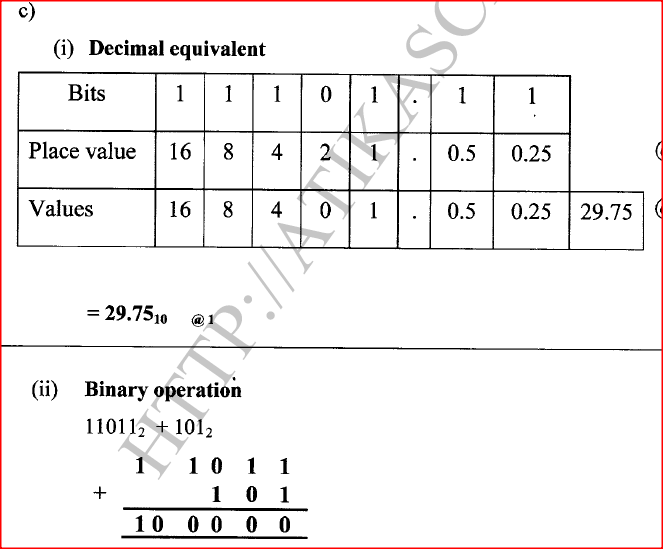
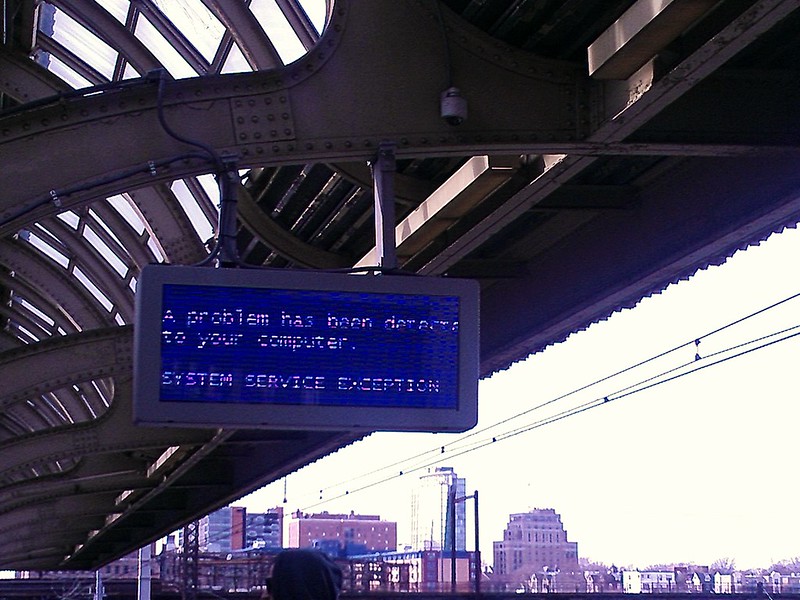
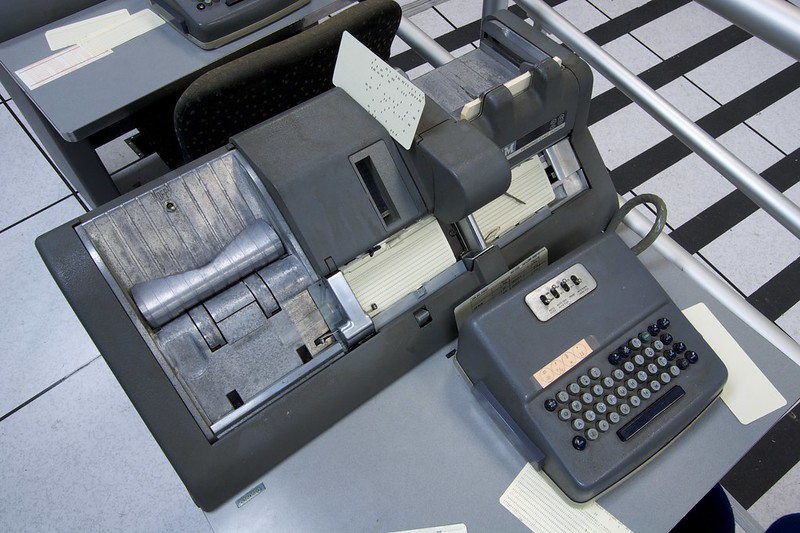
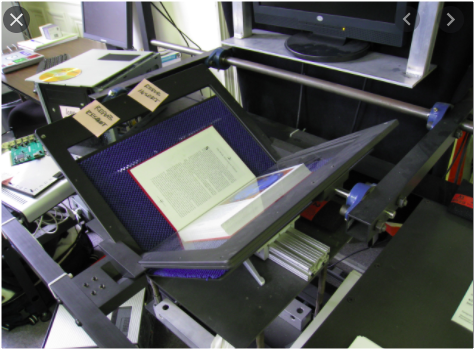


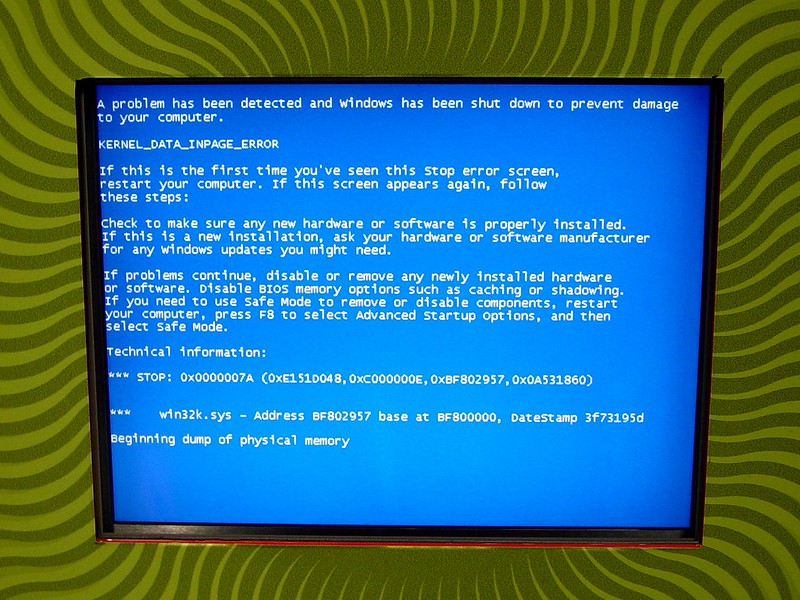
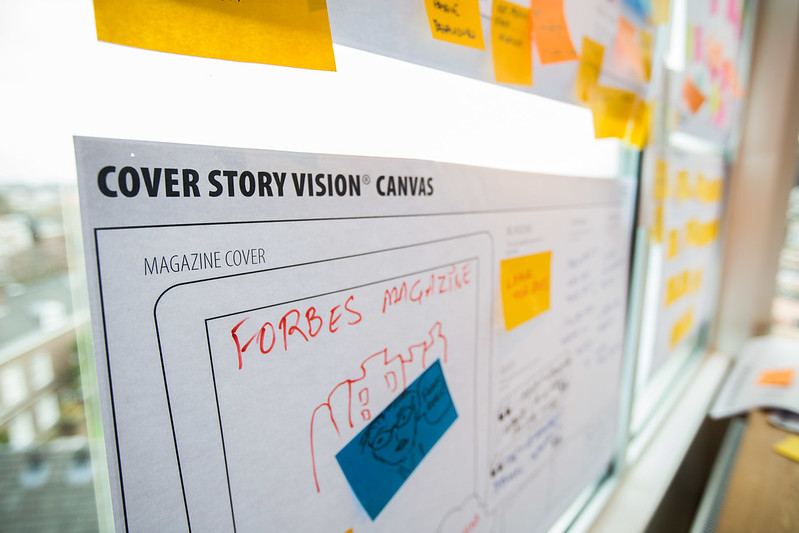
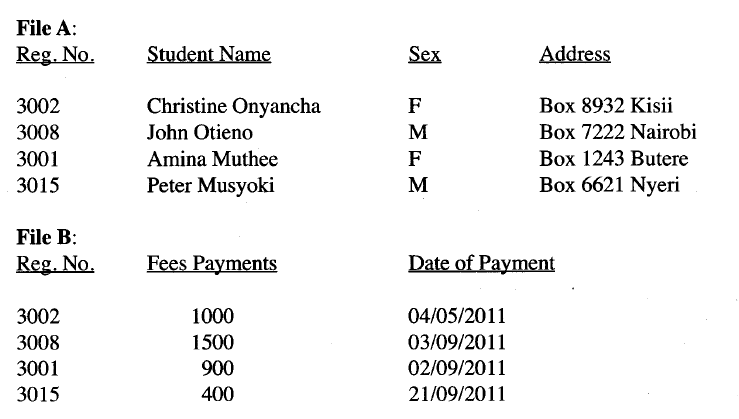
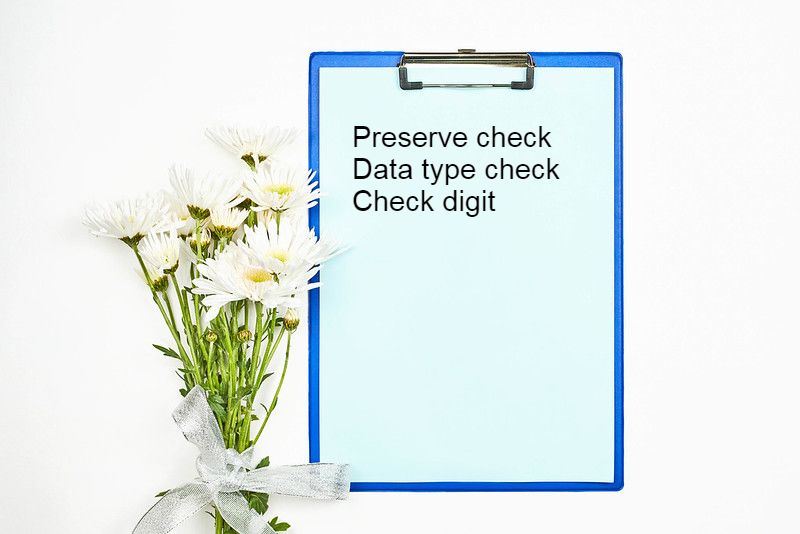
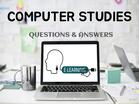
 RSS Feed
RSS Feed

